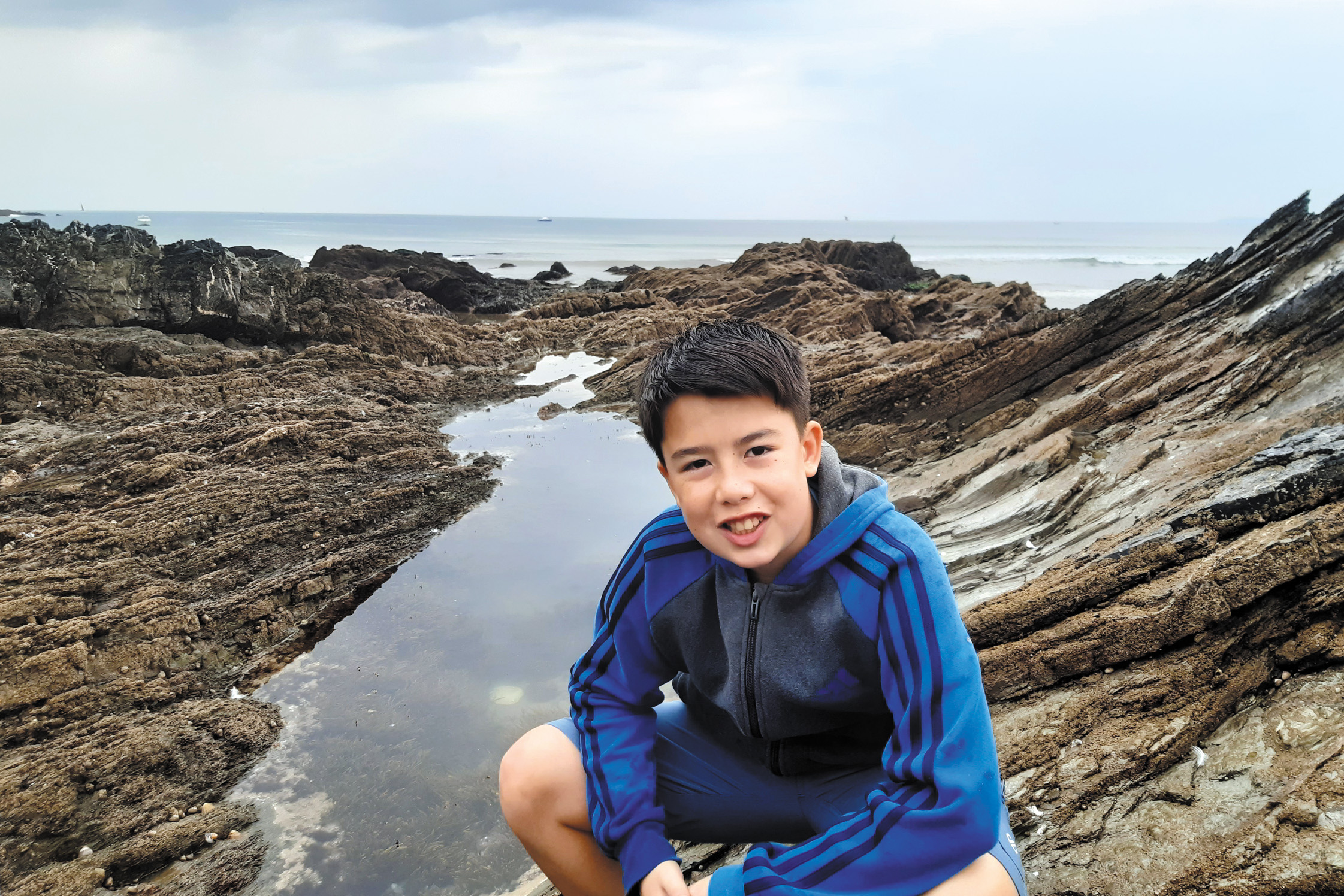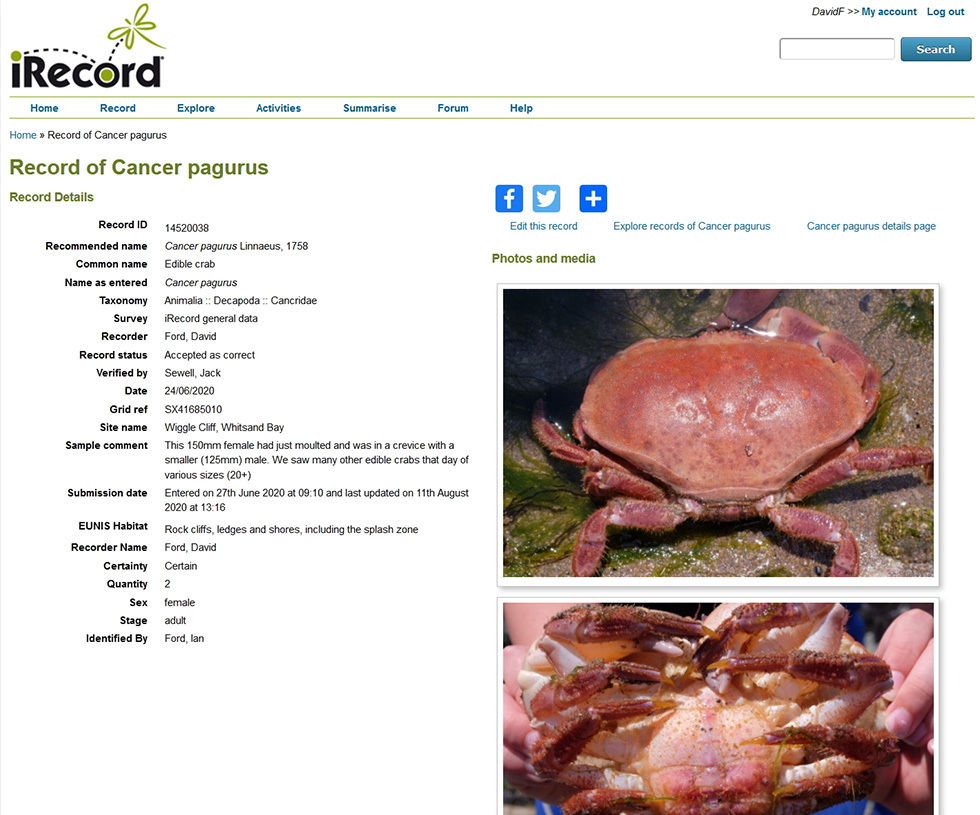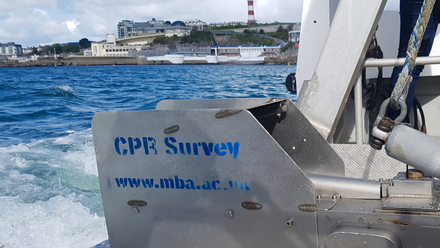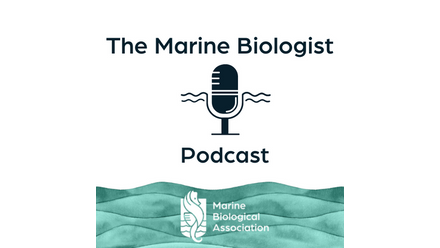How and why I submit iRecords
Last summer was a strange one, for sure. Only part-time school from March, no football, and very little contact with friends except online. After the lockdown was relaxed, our family started visiting the coast again.
Our first visit to the shore was at the end of May (Fig. 1). It was not a particularly good tide but it was really nice to get out of the house and explore some rock pools again. The usual spots were covered by sand from winter storms, so we ended up in a new place. One rock proved to be the best: there was a common grey sea slug (Aeolidia papillosa) underneath, with eggs, and we saw a sea spider run off. It was these unusual finds that started me thinking about keeping a record of my shore visits.
The following week Dad helped me set up a WordPress blog1[1] and, after a bit of research, found out about iRecords. iRecords allows users to manage and share their UK wildlife records. It can be found on the Recording page of the Biological Records Centre website.

Figure 1. David at Polhawn Cove, South West England.
The two records go hand in hand. I write a post about each visit and then, having identified the species, submit iRecords for each discovery. Knowing that someone will be checking records makes me try my hardest to identify the species correctly. If the species is corrected on the iRecord then I can go back and change my blog post.
To submit your own iRecords you will need to open an account with the Biological Records Centre and to be logged in when filling in the form. See Fig. 2 for a screenshot of my first accepted iRecord.

Figure 2. iRecord for an edible crab (Cancer pagurus) found at Whitsand Bay, Cornwall, South West England.
On our next shore visit we saw lots of common spider crabs, but I did not get the photos for identification. At the end of June, we packed ready for rock-pooling and recording, and we have been refining ever since. Dad now brings his digital camera, a tripod and a set of close-up lenses that he already had. These allow us to get really good shots of details which might be important for identification.
On another visit Dad had downloaded an app for his phone (UK Grid Reference Free) which uses the GPS to record locations very accurately. It even has a place where you can enter a name against a location, which we used to record species (see Fig. 3). The WGS84 (GPS) Decimal format is one of the options on the iRecords, so we do not have to argue about 10 m boxes on the satellite view any more.

Figure 3. Species names and locations in iRecord.
Once you have a Biological Records Centre account you can explore all records on the system. I enjoy that, seeing how many other people have found the same species. I have really enjoyed submitting iRecords; it gives me a purpose when rock-pooling and I am thrilled every time another record gets verified. It is good to know that I will have a permanent record of my finds and that these might also help a scientist with their research. I want to be a marine biologist, and, who knows, one day I may even be looking at my old discoveries.
David Ford
Please note:
If you are thinking about starting your own blog it is important to be aware of the e-safety guidance. I found this page very helpful: https://www.thinkuknow.co.uk/11_13/Need-advice/Ready-for-social-networking/
[1] 1 https://david.fordie.net/irecord


